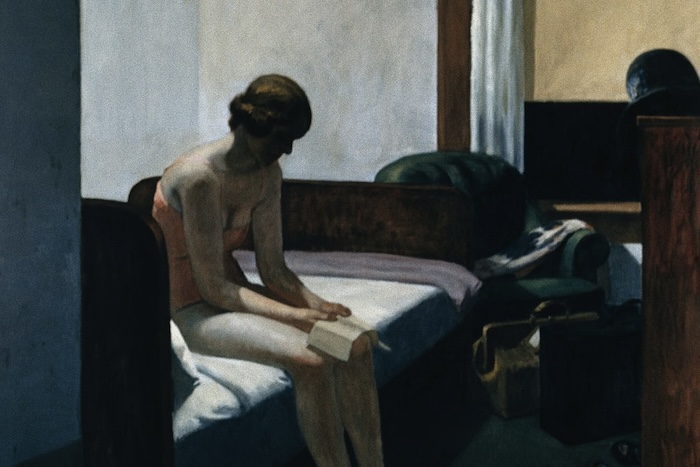
The Future of the American Novel: Meditations on What Comes Next
There were surely critics, in the middle of the 1960s, who had no concept of what was to come. The counterculture could feel faddish; so could New Hollywood, sexually explicit novels, baroque pop, and acid rock. If history is a procession from A to B, it must never be forgotten that everyone in every time was living a life in transition, in the eternal present. Retrospective judgment only goes so far. Apprehending the future is inordinately difficult — now, and always. If you’re sure of it, you’re probably wrong. Knowing which way the wind blows is a special sort of art, one few can even start to master. And so, in the middle of the 2020s, American literature — and culture, broadly — appears to be at a crossroads, or at least barreling towards one. This is what The Metropolitan Review is all about; this is our raison d’être. Much of what we do is traditional — publish reviews and essays — though how we do it, and deliver it to you, is not. We have our own website, but we also publish via Substack, where the bulk of our readers lie. I don’t wish to discourse too much on a tech platform that has been the source of so much discourse already, some of it intriguing and some of it tedious, but it’s fine to linger, for a moment at least, on the newsletter service that is methodically becoming the locus of digital written culture.


